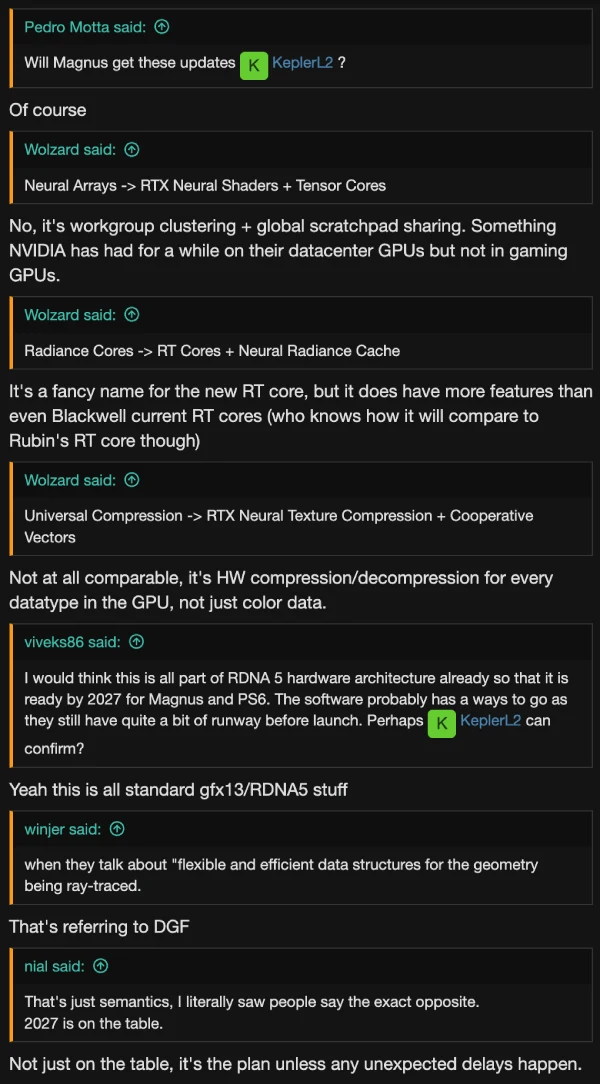Just when everyone was settling in with their PS5 Pro, Sony and AMD decided to pull back the curtain on the future, and it looks seriously impressive. In a surprise video posted to the official PlayStation channel, PS5 lead architect Mark Cerny and AMD’s Jack Huynh gave us a detailed look at the foundational tech that will power the next generation of gaming.
While they were careful not to mention the “PlayStation 6” by name, Cerny’s sign-off that he’s excited to bring these technologies to a “future console in a few years’ time” was all the confirmation the internet needed.
Hot on the heels of this showcase, a well-known hardware leaker doubled down on the timeline. Responding to speculation on the NeoGAF forums, reliable AMD insider KeplerL2 stated that a 2027 release for the next PlayStation isn’t just a possibility; it’s “the plan unless any unexpected delays happen.”
Suddenly, that “few years’ time” Cerny mentioned has a very specific target date attached to it. Previous leaks also indicated a late 2027 – early 2028 launch window; hence, this practically confirms those early leaks.
So, what exactly did they show off? The collaboration, dubbed “Project Amethyst,” is focused on solving the biggest bottlenecks in modern game development. The duo detailed a trio of technological breakthroughs that promise to redefine graphical fidelity and performance. First up are Neural Arrays, a clever new way to handle machine learning.
Instead of having individual GPU cores work alone, this tech allows them to team up, creating a single, hyper-focused AI engine. For gamers, this means the next evolution of upscaling technologies like AMD’s FSR and Sony’s own PSSR will be far more powerful and efficient. Think cleaner visuals, smoother gameplay, and more headroom for developers to build breathtaking worlds.
Next, they introduced Radiance Cores. Ray tracing, the tech behind ultra-realistic lighting and reflections, is incredibly demanding. Radiance Cores are dedicated hardware built specifically to handle the heavy lifting of ray and path tracing. By offloading this task from the main shader cores, the GPU is freed up to do what it does best: render the rest of the scene. This could finally deliver the holy grail of real-time cinematic lighting without the brutal performance hit we often see today.
Rounding out the trifecta is Universal Compression. Cerny explained how current consoles use compression for things like textures to save memory bandwidth. This new system takes that idea and applies it to everything. By intelligently compressing all data heading to memory, it effectively multiplies the console’s bandwidth. This will allow for higher resolution assets, more detail on screen, and rock-solid frame rates, all while using power more efficiently.
When you piece it all together, the vision for the PlayStation 6 becomes clear. It’s not just about brute-forcing more pixels. Sony and AMD are building a smarter, more efficient architecture focused on advanced AI rendering and next-generation ray tracing. The technologies they discussed are still in the simulation phase, as Cerny noted, but the promising results are clearly paving the way for what’s to come. With a credible 2027 launch window now in the conversation, the countdown to the next PlayStation has officially begun.




